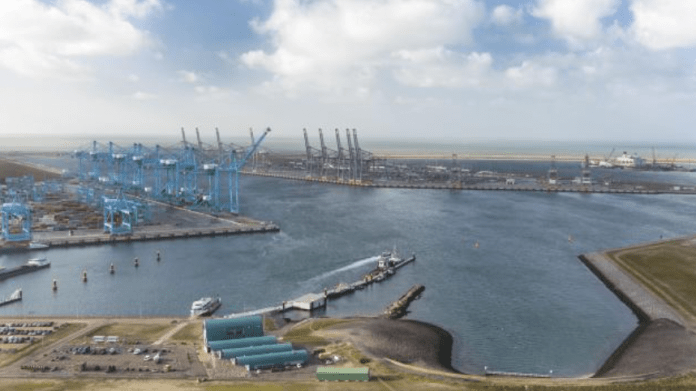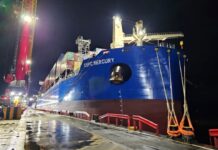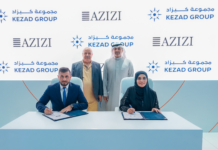
The Tasmanian Liberal Government and the Port of Rotterdam have signed a Memorandum of Understanding (MoU) to jointly investigate the feasibility of future exports of green hydrogen from Bell Bay in Tasmania to the Dutch port.
Tasmania is the only location in Australia currently capable of producing 100% renewable electricity all the time, which can be utilised for green hydrogen production and has set a goal to be an exporter by 2027.
“We have already lodged a funding submission for Bell Bay to be a renewable hydrogen hub as part of the Australian Government’s AU$464 million (US$337.4 million) regional programmes,” stated Guy Barnett, Tasmania’s Minister for Energy and Emissions Reduction.
“Cooperation with international partners like the Port of Rotterdam helps promote deployment of hydrogen technologies, enhances skills, training and employment opportunities and helps open up future export markets,” noted Barnett.
The MoU with the Port of Rotterdam follows a recent visit to Northern Tasmania by executives from Woodside Energy and Japan’s giant Marubeni Corporation who are looking at a partnership for green hydrogen production at Bell Bay.
The Port of Rotterdam, which plans to become a major green hydrogen import hub with hydrogen supply chains into North West Europe, is looking for countries that could export green hydrogen on an industrial scale before 2030 and places high value on Tasmania’s 100% green power and green hydrogen.
“Once we have jointly established the feasibility, the next step would be to get private companies aligned to try to set up trade lanes between Tasmania and Rotterdam,” stated Allard Castelein, CEO of Port of Rotterdam.
In addition, the Ambassador of the Netherlands to Australia, Marion Derckx, stated that international cooperation is essential to drive the energy transition needed to limit global warming to a maximum of 1.5 degrees.
She also pointed out that the MoU between the two partners signifies an important step in their mutual ambitions to accelerate the transition towards a non-carbon energy society.





